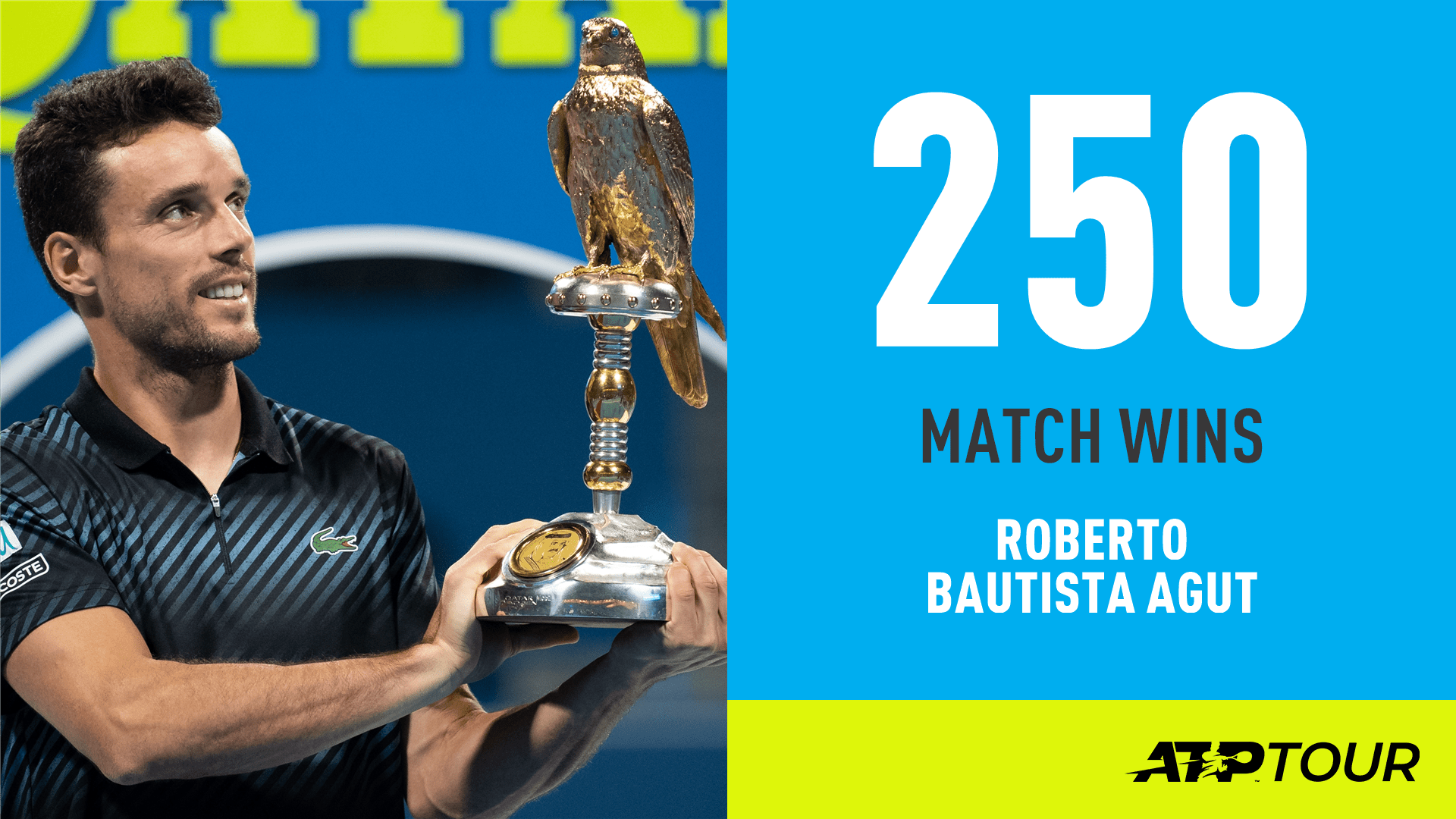Nishikori Ends Title Drought In Brisbane
Nishikori Ends Title Drought In Brisbane
Japanese snaps nine-match losing streak in tour-level finals
Almost three years after capturing his 11th tour-level title in Memphis, Kei Nishikori added a 12th ATP Tour trophy to his collection at the Brisbane International on Sunday.
The Japanese star ended a streak of nine straight tour-level final losses to beat Daniil Medvedev 6-4, 3-6, 6-2 in a repeat of last year’s championship match in Tokyo, won by the Russian. Nishikori won 70 per cent of first-serve points (31/44) to earn victory, in his 51st event since his 2016 triumph in Tennessee, after two hours and four minutes.
“To win the tournament is very emotional. That’s why I’m playing,” said Nishikori. “I was trying in every final and every tournament… I played a great match against Dimitrov and today’s match was another good tennis [match]. I’m sure Daniil is going to be [in the] Top 10 soon.”
Nishikori becomes the first Japanese champion in Brisbane, two years after falling to Grigor Dimitrov in the championship match. The World No. 9 defeated Dimitrov en route to the title, beating the Bulgarian in the last eight before earning wins over Jeremy Chardy and Medvedev.
Twelve months ago, Nishikori was forced to withdraw from Brisbane with a right wrist injury before returning to action on the ATP Challenger Tour in Newport Beach. The Japanese No. 1 soon returned to his best level, reaching three tour-level finals in 2018 before ending the season with a fourth appearance at the Nitto ATP Finals in London.
“I always start with this tournament and Melbourne, [but I] couldn’t make it last year. So I had to start at some ATP Challenger Tour events,” said Nishikori. “For sure, [this year is] a better start because I feel this tournament is always the start of the year. Playing with these guys, these top players, always motivates me. Playing good tennis [and being] very happy and healthy is one of the best keys for me.”
In the early stages, Medvedev proved comfortable exchanging backhands with Nishikori before bringing his forehand into play to seize control and open up a 3-0 lead. But Nishikori soon found his feet, increasing his aggression to strike forehand winners in important moments as Medvedev began to mistime his groundstrokes. Nishikori claimed five straight games to lead 5-3 and soon earned a one-set advantage after holding serve to love with a cross-court backhand winner.
After saving eight break points early in the second set, Medvedev manufactured one of his own at 4-3 with consistent aggression on his backhand side to rush Nishikori into forced errors. Medvedev managed to get his backhand into play, firing a backhand winner up the line to break before levelling the match with a comfortable service hold.
“[In the] second set I was a waiting too much and I couldn’t convert all the chances I had. He did really well [in the] 4-3 game,” said Nishikori. “He took the risk and he did well. Credit to him.”
Nishikori attacked Medvedev’s forehand early in the third set, extracting multiple errors to gain a 3-1 lead before cruising to victory. The second seed earned a double-break advantage to serve for the match at 5-1 and, despite dropping serve, Nishikori claimed the title in the following game with a cross-court backhand passing shot.
“In the third set, I started playing a little bit more inside and start hitting more,” said Nishikori. “When I realised I had to do something to win this match, I think I made a change really well. I think I returned well. That was the biggest key. [I was] able to return very deep and I think I gave him a little pressure.”
Medvedev was bidding to capture his fourth ATP Tour hard-court title in 12 months, having lifted his maiden tour-level trophy at the Sydney International last year (d. De Minaur) before wins in Winston-Salem (d. Johnson) and Tokyo (d. Nishikori). In 2018, Medvedev led the ATP Tour with 38 hard-court victories (38-15).
“If Kei plays like this, he is going to have a lot of success in this season,” said Medvedev on court.
Nishikori receives 250 ATP Ranking points and collects $90,990 in prize money for lifting the trophy. Medvedev gains 150 ATP Ranking points and receives $49,205.
Did You Know?
Nishikori has earned 40 or more tour-level victories in four of the past five ATP Tour seasons (2014-’16, 2018). The Japanese star has notched 30 or more tour-level wins in each of the past eight ATP Tour seasons (2011-18).



 It was by no means easy against Berdych, though, and it appeared that Bautista Agut’s path to victory was going to get complicated deep in the third set. The seventh seed gained a 4-1 advantage, and then held three consecutive break points to take a double-break lead. But Bautista Agut made surprising mistakes with an open court to allow Berdych to stay in the match.
It was by no means easy against Berdych, though, and it appeared that Bautista Agut’s path to victory was going to get complicated deep in the third set. The seventh seed gained a 4-1 advantage, and then held three consecutive break points to take a double-break lead. But Bautista Agut made surprising mistakes with an open court to allow Berdych to stay in the match. 